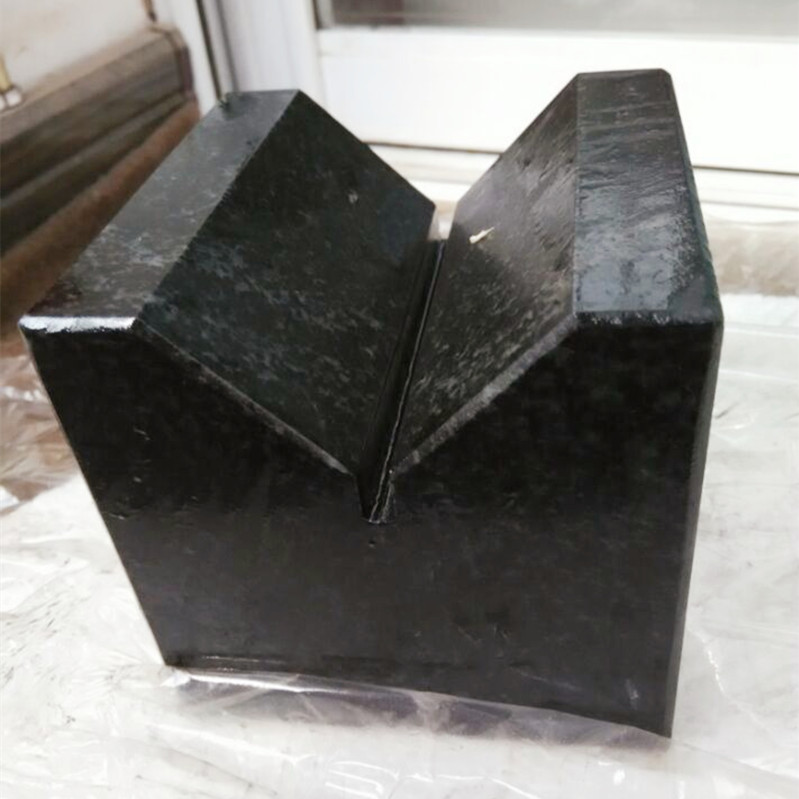Nov . 08, 2024 21:04 Back to list
water valve which way is open
Understanding Water Valves Which Way Is Open?
Water valves are crucial components in plumbing systems, controlling the flow of water through pipes in residential, commercial, and industrial settings. When it comes to managing water supply—whether you need to turn it on for a shower, off for repairs, or adjust pressure—understanding how these valves operate is essential. One of the most common questions encountered is, Which way is the valve open? In this article, we will delve into the various types of water valves, their mechanisms, and how to identify whether a valve is in the open or closed position.
Types of Water Valves
Water valves come in several types, each designed for different applications and functions. The most frequently encountered types include
1. Gate Valves These are used primarily for on/off control of the water flow. They consist of a wedge-shaped gate that can be lifted to open the valve or lowered to close it. Gate valves are typically found in main water lines and are designed for minimal pressure drop.
2. Ball Valves Known for their durability and ease of use, ball valves use a spherical disc to control flow. The ball has a hole through the center that aligns with the pipe when open, allowing water to flow, and is perpendicular to the flow when closed. Ball valves are favored for their ability to provide a tight seal and operate quickly.
3. Globe Valves These valves are used for throttling flow and offer finer control than gate valves. They feature a spherical body with an internal baffle that directs the flow through the valve. Globe valves are ideal for regulating water flow but are not typically used for complete shut-off.
4. Check Valves These are designed to prevent backflow in a piping system. They open in one direction and close automatically if the flow reverses, ensuring that contaminated water does not enter clean water supply lines.
Determining Open and Closed Positions
water valve which way is open

Identifying whether a valve is open or closed can sometimes be confusing, particularly if the labels or indicators are worn out or missing. Here are some tips to help determine the position
1. Direction of Handle Many valves feature a handle that can point in two distinct directions. Generally, a handle positioned parallel to the pipe indicates an open valve, while a handle positioned perpendicular suggests that the valve is closed. However, this can vary depending on the specific design of the valve.
2. Feel the Resistance When turning a valve, if it turns easily and there is water flow, it is likely open. Conversely, if it feels stiff or there is no water movement, it may be closed.
3. Listen for Water Flow Sometimes you can hear water flowing through the pipes. If you can hear it, the valve is likely open. If the pipes are silent, the valve might be closed.
4. Visual Inspection In some cases, looking at the valve body itself can give you clues. For example, many valves have a small indicator or a contrasting color that suggests whether the valve is open or closed.
Importance of Proper Operation
Understanding how to operate water valves correctly is not only crucial for convenience but also for maintaining safety and efficiency in any plumbing system. Incorrectly manipulated valves can lead to leaks, water damage, and costly repairs. Therefore, ensuring that you know which way is open can significantly impact the efficiency of your water system.
Conclusion
Water valves are integral to effectively managing water flow within a system. Familiarity with different types of valves and how to identify their open and closed positions is vital for anyone working with plumbing systems. Whether you are a homeowner performing routine maintenance or a professional plumber executing installation, knowing “which way is the valve open” is a fundamental skill that will enhance your ability to manage water flow safely and efficiently. With the right knowledge and tools, controlling your water supply becomes a straightforward process, enabling you to respond effectively to any situation that arises.
-
Y Type Strainer Maintains System Efficiency Long TermNewsJul.15,2025
-
Valve Selection Guide for Industrial ApplicationsNewsJul.15,2025
-
Steel Fab Table Provides Durable Work Surface for WeldingNewsJul.15,2025
-
Pad Iron Provides Stable Support for Heavy MachineryNewsJul.15,2025
-
One Inch Check Valve Fits Standard Plumbing SystemsNewsJul.15,2025
-
Measuring Micrometer Ensures Precise Dimensional AccuracyNewsJul.15,2025
Related PRODUCTS









